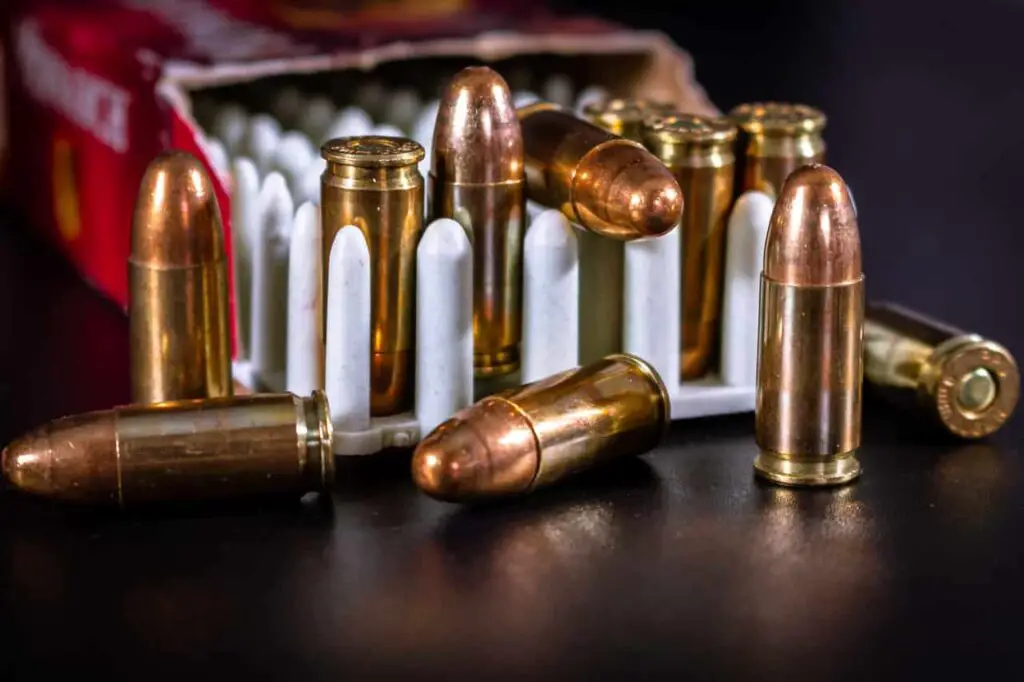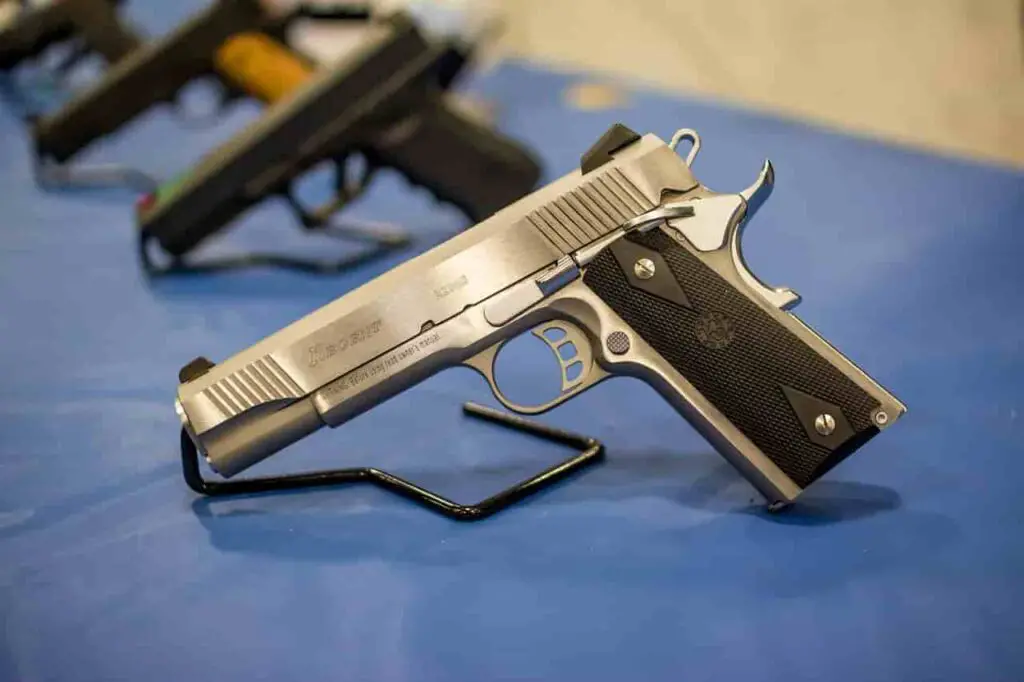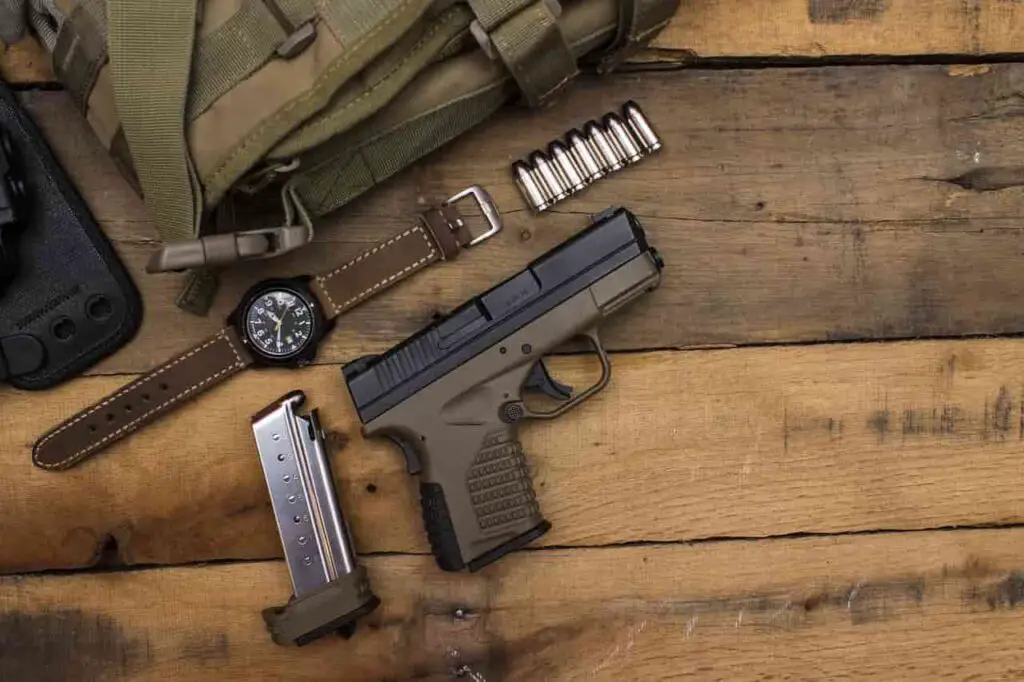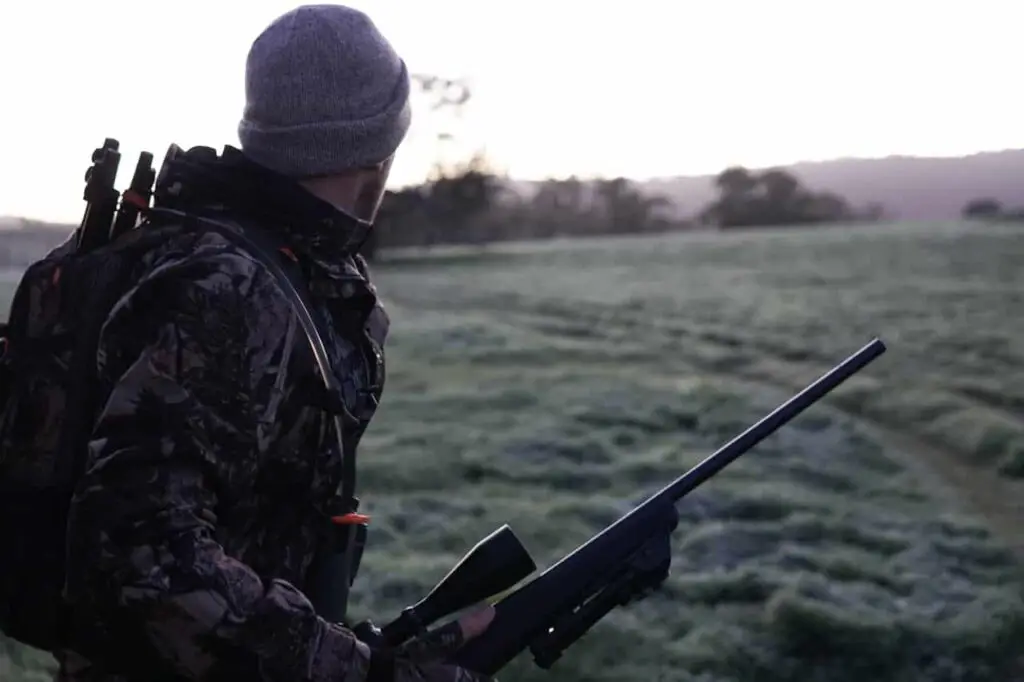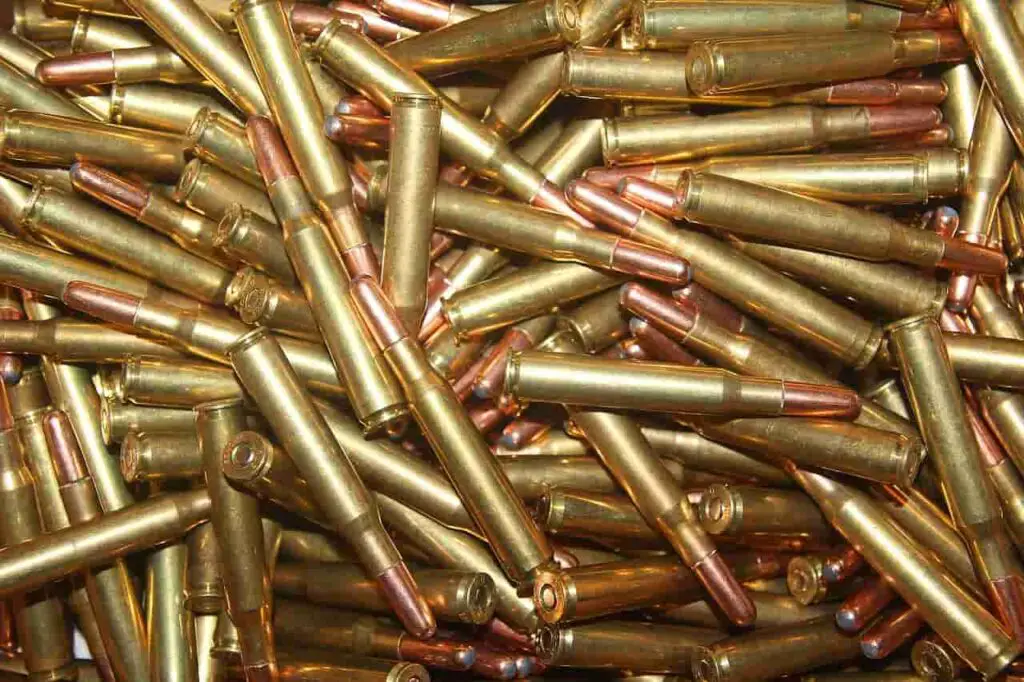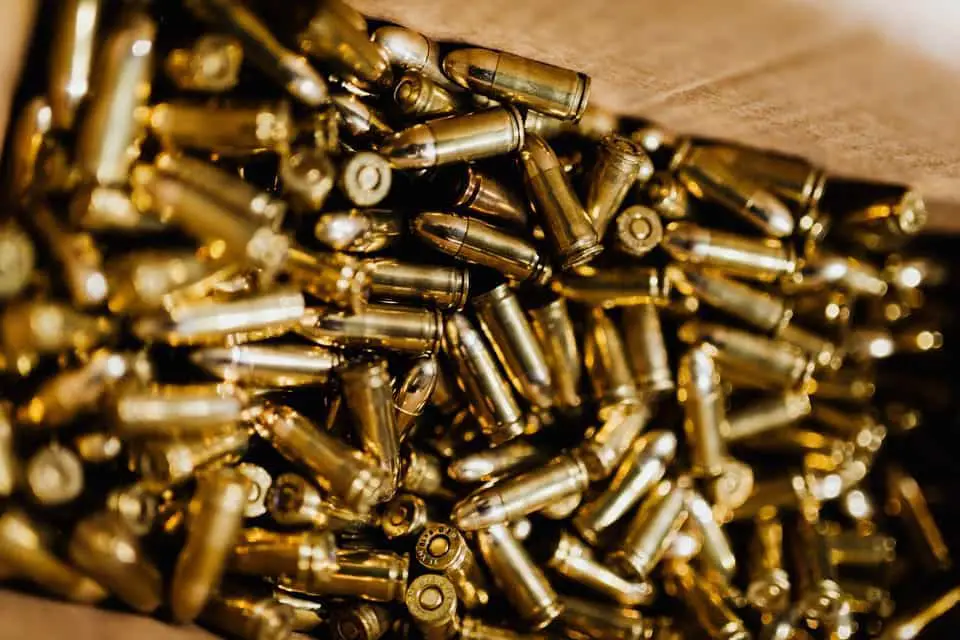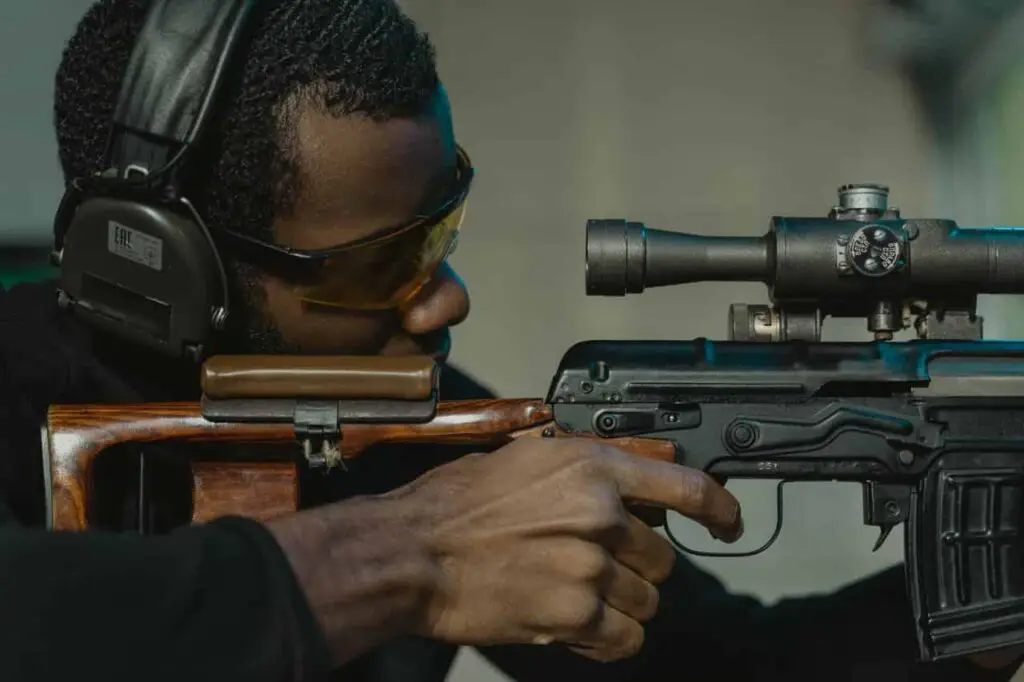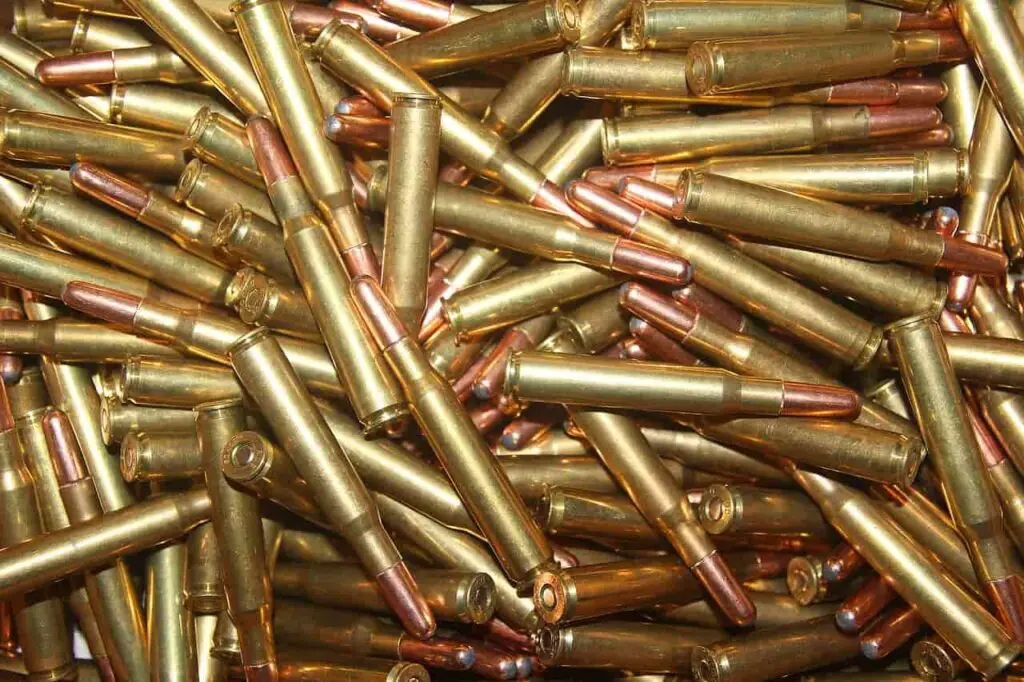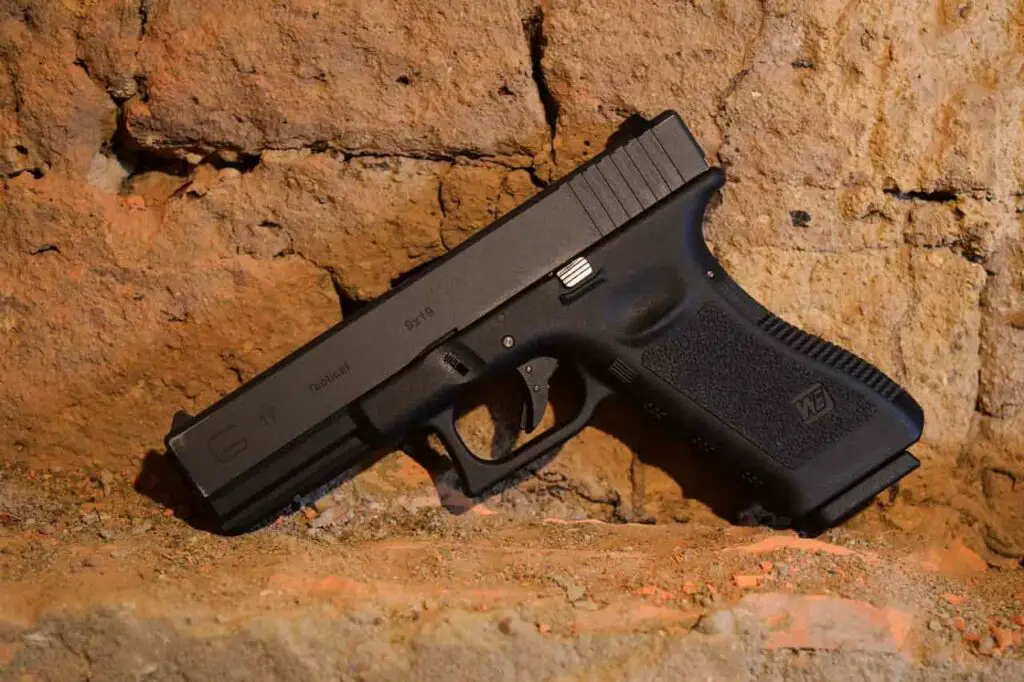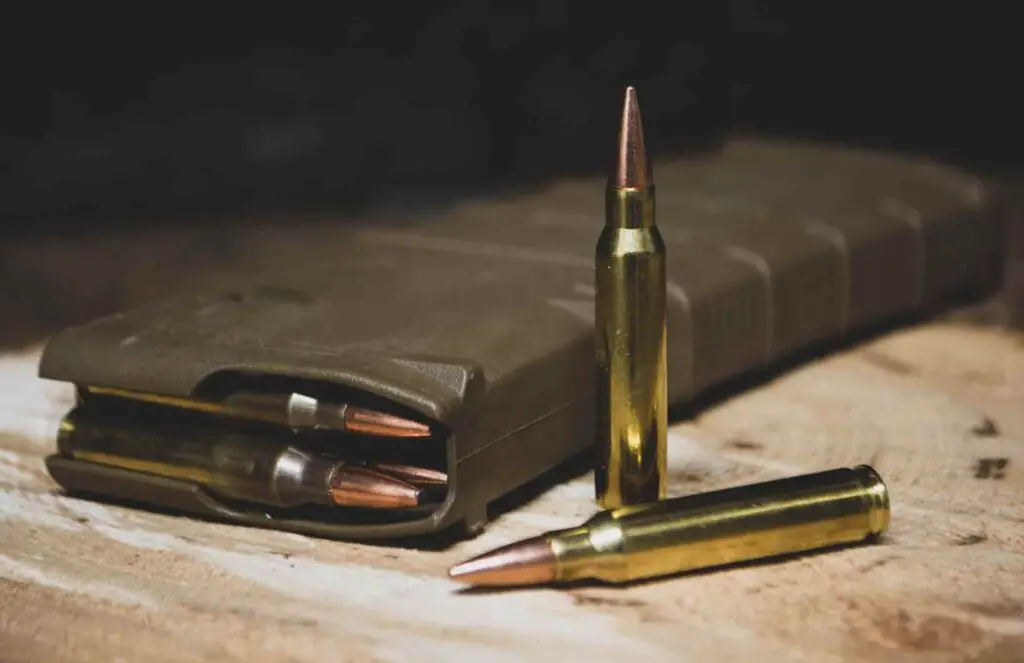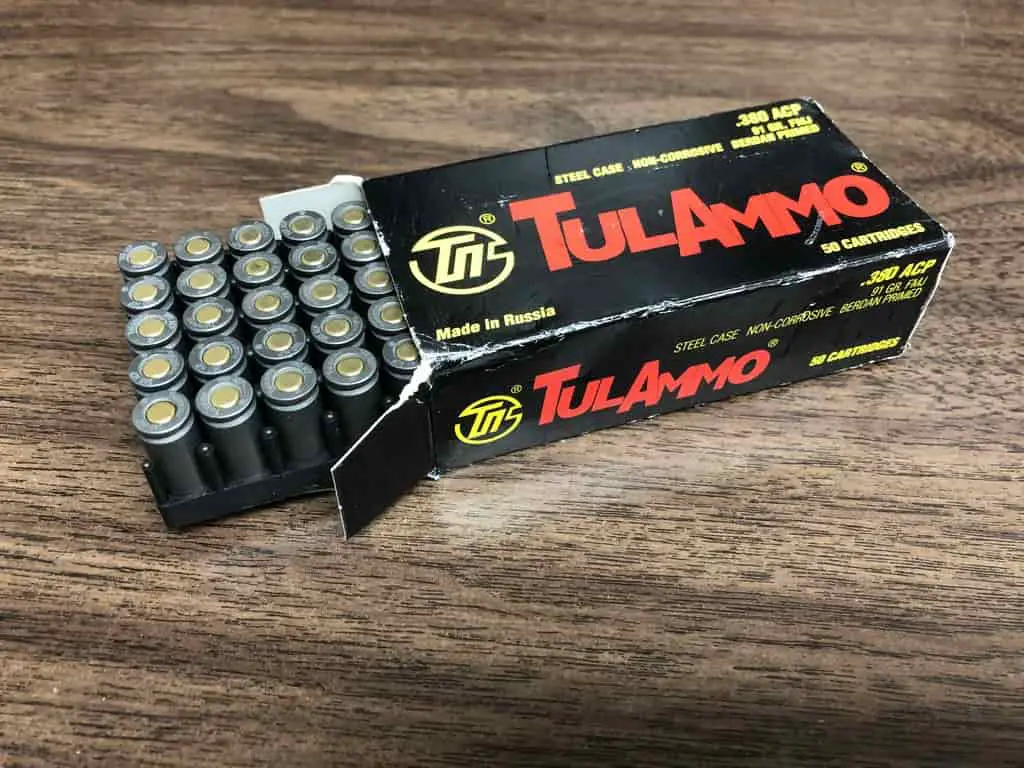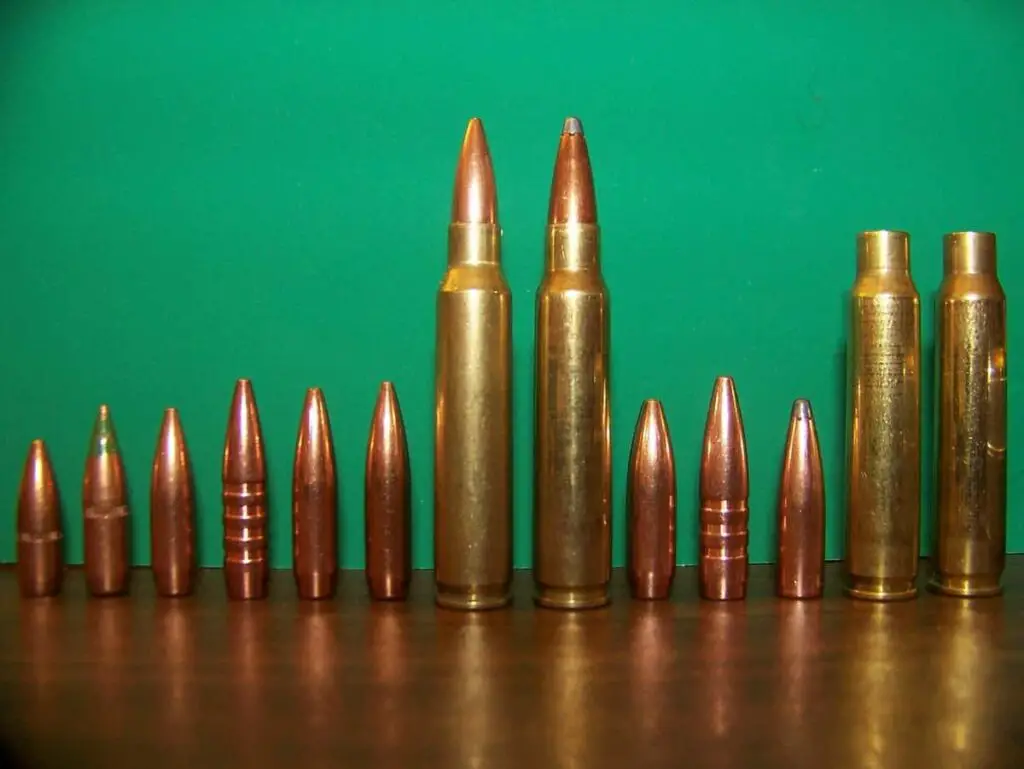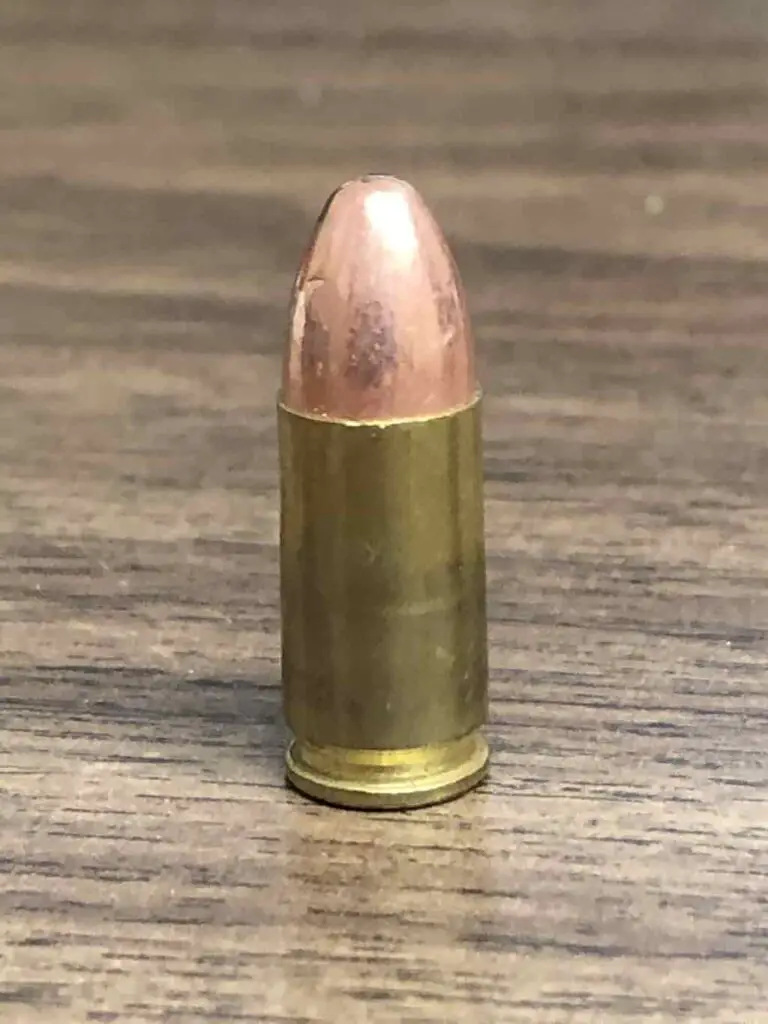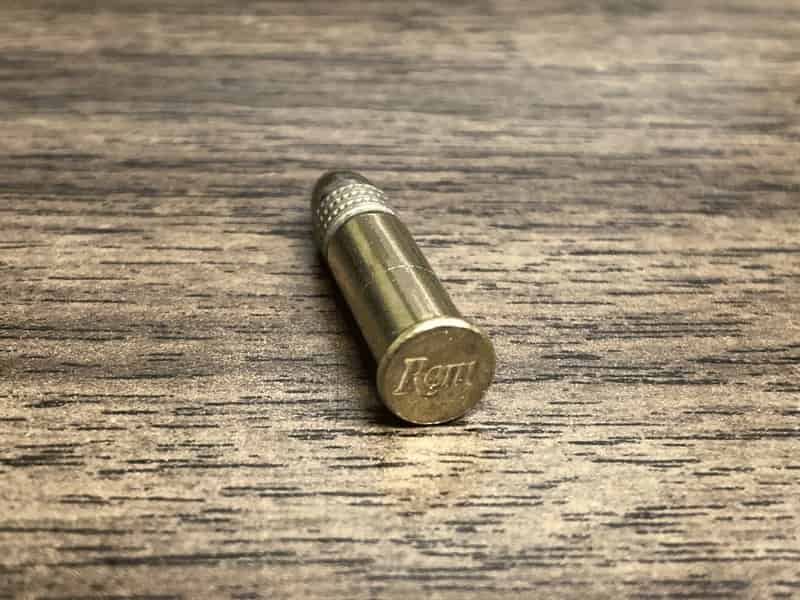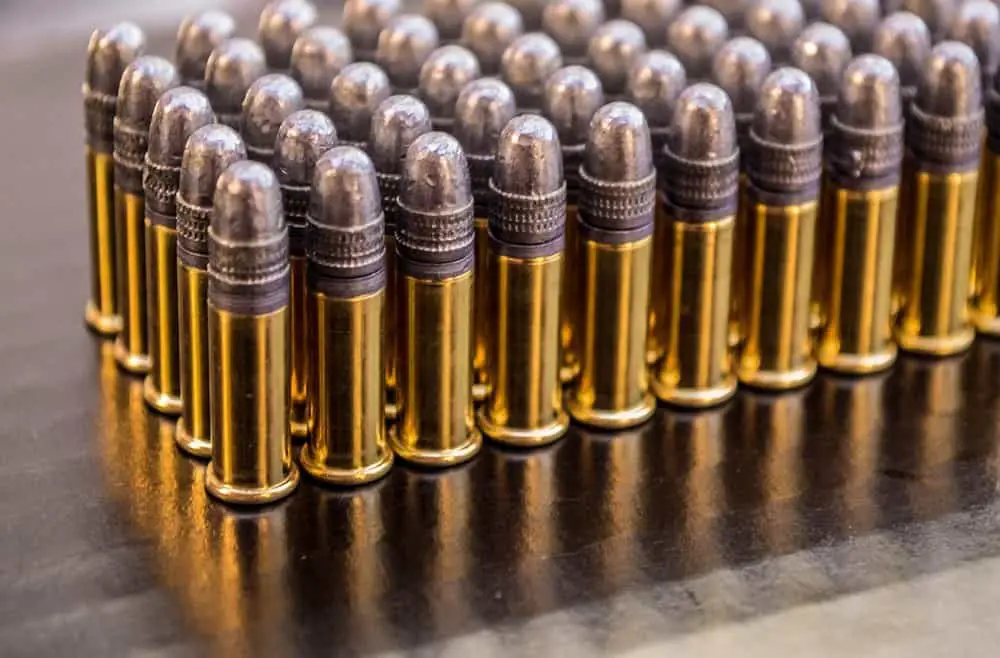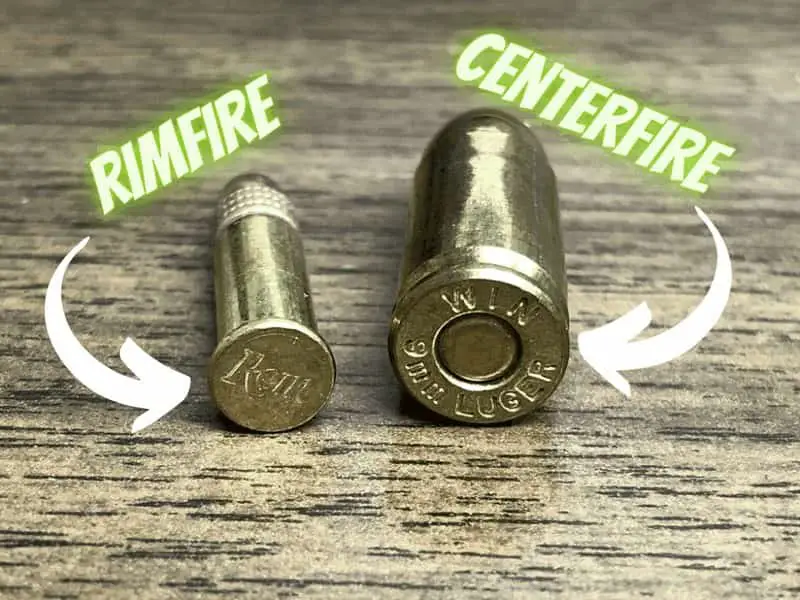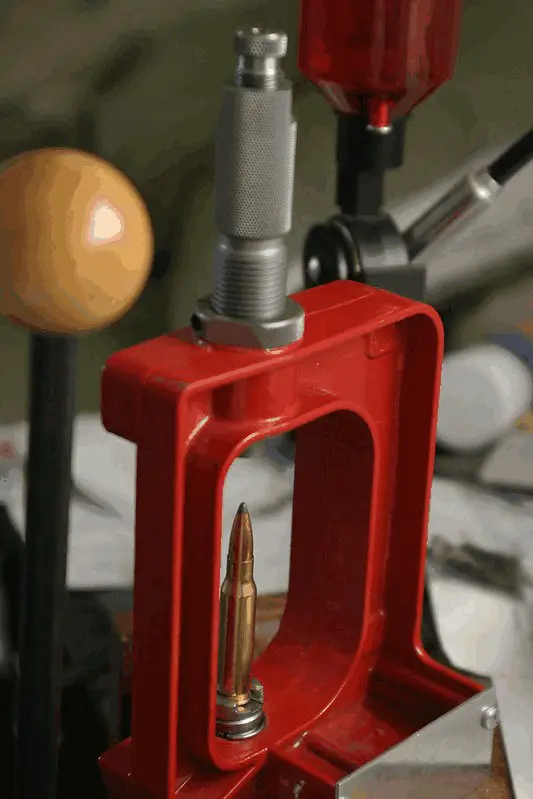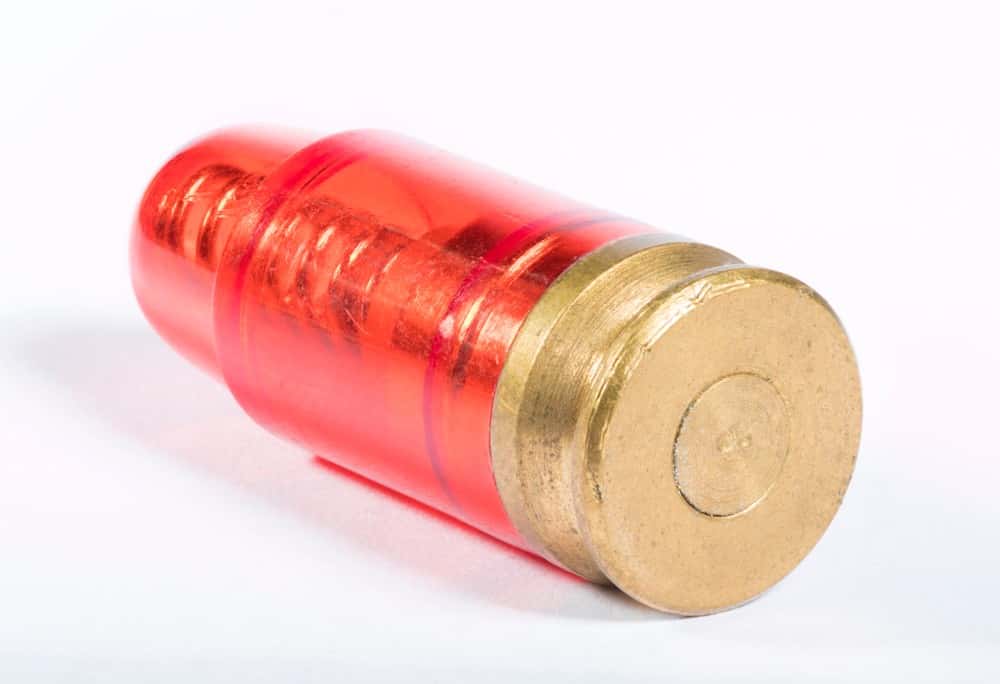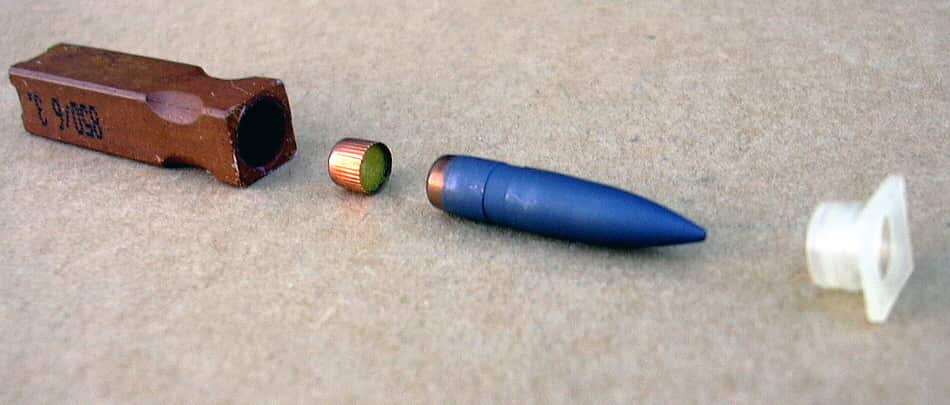
What is caseless ammo?
Caseless ammo is a different approach to the design of ammunition in which all the components including the propellant and projectile are merged into a single block.
The concept has been around for centuries but it became more practical with modern chemical engineering
There is no case. The primer and propellant are not separate. Instead, they are one unit.
The idea is that nothing is left in the chamber once the bullet is fired. Either the propellant is external and completely burns away or the primer and propellant are internal and are carried away with the bullet.
This is done for simplicity, reducing the weight and allowing more projectiles to be carried. But caseless ammo is still more of a dream than reality.
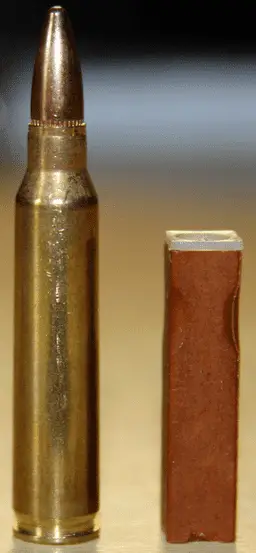
What’s the point of Caseless ammo?
The main idea behind caseless ammunition is the reduction of weight. Military units have to carry lots of heavy gear. They are always looking for ways to reduce weight to carry more or to move faster.
If a soldier could carry more ammo with less weight they could move faster and be more effective.
Is Caseless Ammunition Feasible?
Well, the use of caseless ammunition for small arms has not really taken off. Here are a few examples of caseless ammunition and weapons that never panned out:
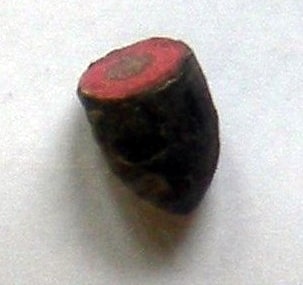
The Rocket Ball
In 1848 an inventor named Walter Hunt created the rocket ball. This was one of the first types of caseless ammunition. It was basically a bullet with a hollow in the end. This hollow was filled with propellant and later a primer was added.
It worked and could be fed by a magazine. The downside is the bullet could not hold enough propellant to be powerful. It was considered to be slower than the .25 ACP.
Modern Weapons
The first modern weapons using caseless ammo were developed around the World War II era by Germany and also later by Russia but they never gained much popularity.
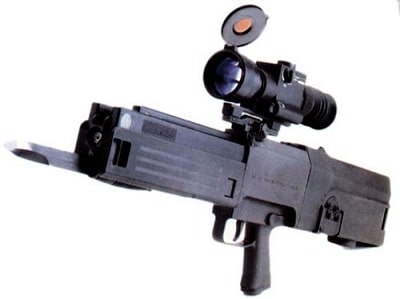
The Heckler & Koch G11
During the ’70s and ’80s Heckler & Koch created the G11.
The G11 fired special caseless ammo that was square-shaped instead of round. It was called a propellant block. Being square-shaped allowed the magazine to use all available space to hold more rounds.
The G11 had many problems to overcome, one of which is called “cook off”. Ammunition cook off happens when the temparature inside the chamber is so high the propellant ignites before being fired by the shooter.
In some cases this would set off a chain reaction where the remaining caseless rounds would continue firing without pulling the trigger. In more extreme cases the gun could explode causing serious injury or even death.
When using typical cased ammunition, the case absorbs and carries away much of the heat when it is ejected from the gun. When the case is ejected the chamber is exposed to air. This also helps to cool things down.
With a caseless rifle, there is nothing to eject so the chamber never opens, and the case does not carry away the heat. Therefore the heat just continues to build up.
This is especially a problem for automatic guns with high sustained rates of fire. Engineers had to use a heat sink to reduce temperature. This adds more weight and complexity.
The more complex a weapon is the more points of possible failure. This is not ideal for military units as they need reliable guns that don’t break down.
What is a Caseless rifle?
A caseless rifle fires caseless ammunition. They do not have an ejection cycle because the bullet exits the gun and the powder is all burned up. But this does not mean they are less complex.
The Heckler & Koch G11 caseless rifle was one of the most complex rifles ever made. The system required to load a propellant block was very different to that of a normal rifle. Although it is reported that the G11 was actually quite reliable.
Many manufacturers have tried but none of these caseless rifles ever gained widespread use or large-scale production. They were all experimental or prototypes used by military units for testing purposes.
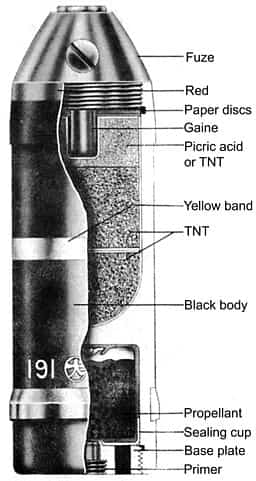
How Does Caseless Ammunition Work?
Most of the ammo we use today is cased. This means there is a primer placed at the back of the cartridge, and a bullet seated in front. The case holds everything together until the round is shot from the gun.
This allows for more consistent performance as it keeps everything properly lined up as well as allowing for proper pressure buildup so that the bullet can achieve sufficient velocity to hit whatever it is you’re aiming at.
But caseless ammunition is a lot different. There is no case holding everything together.
So how does it work?
Well, there have been several different approaches tried.
The H K G11 used an external propellant block. The primer and bullet were packed inside the propellant block.
Most modern caseless ammunition has a primer similar to cased ammunition. When you pull the trigger a hammer hits the primer causing the propellant to ignite. This explosion pushes the bullet down the barrel just like normal.
There have been other methods tried such as the Daisy V/L. The Daisy V/L was a very interesting little gun that used air heated to 2,000 degrees to ignite the propellant.
It used a .22 caliber bullet with propellant stuck to the back. It did not have a primer. When you pulled the trigger, the compressed air was pushed through a small hole which caused the air to heat up very quickly.
The propellant ignited and a shot was fired.
Unfortunately the ATF considered this a firearm. Since Daisy was only licensed to make airguns and did not want to become licensed for firearms they had to discontinue the V/L.
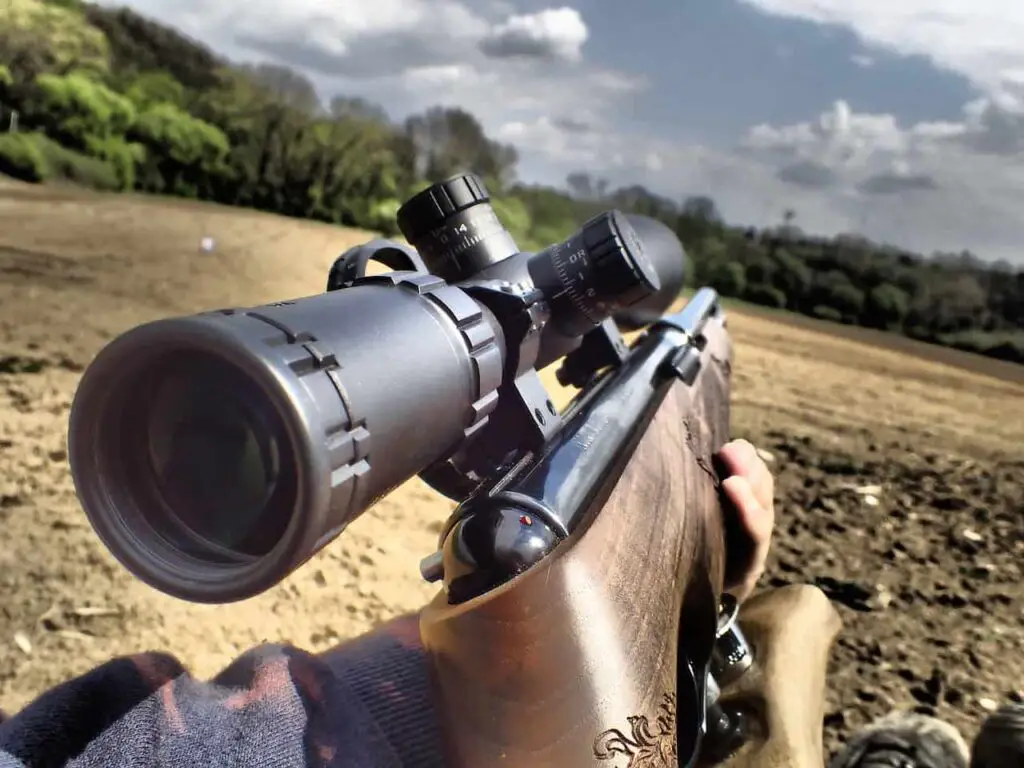
Does caseless ammo work?
Well, that’s a good question! Yes, it does function like ammunition should. It goes bang! But it does not meet enough of the requirements of a modern military unit. Therefore it has never gained widespread popularity.
A major drawback to caseless ammunition is that it does not hold up to adverse conditions well. The primer and propellant are exposed to the elements. Soldiers must survive in harsh weather and terrain. They need ammo that can survive in those conditions as well.
What is caseless ammo good for?
The whole idea behind a caseless cartridge is less weight. Less weight means a soldier can carry more ammo.
But this is just theoretical since it has never really been put to use. Another theoretical benefit is lack of the need to eject a case. This means a firearm could be less complex because it has fewer steps to complete.
Regular ammunition has an ejection process which helps to reduce heat in the chamber. A caseless rifle or grenade launcher builds up way too much heat potentially causing ammo to cook off.
In the case of the H K G11 it was actually more complex because of other steps that had to be added to handle the caseless ammunition.
Internal propellant caseless ammunition
A caseless round using an internal propellant is basically a bullet with a hollowed out end. The propellant and primer is stored in the hollow. It has special vents that allow the powder to propel the bullet forward.
Think of this type of cartridge case like a rocket. The gas vents out the back propelling it toward the target.
External propellant caseless ammunition
A solid propellant can be used externally. This solid propellant would be stuffed with a primer and a bullet.
The H K G11 rifle famously used a heat resistant square ammo. This solid block of propellant was then externally ignited. This would propel the bullet away from the gun.
What are the Benefits of Caseless Ammo?
The biggest advantage of using caseless ammunition is that it reduces weapon weight because there is nothing needed to hold the cartridge together except the propellant and bullet.
This is in contrast to traditional rounds where you need both an outer metal casing and an inner propellant material. This also means that you don’t need a heavy machine gun tripod or other large weapon mounts for stability.
Ammunition size is another benefit of caseless ammo because it can provide the same power as other cartridges while being much smaller.
This means that weapons could be made to have a higher rate of fire without having to increase the size of the weapon.
With this reduced size you would only need something like an assault rifle instead of a full out machine gun. This allows soldiers to carry more ammunition and not have to worry about carrying heavier, bulkier weapons into battle.
Although currently caseless ammo isn’t used too often because it hasn’t been perfected yet, it is still a promising technology for the future.
Companies are trying to make it more reliable, but many setbacks need to be figured out before it can be put into real-world use.
Caseless ammo disadvantages include
The technology isn’t advanced enough to be used in every weapon and cartridge that needs it.
The use of caseless ammo can increase the chamber temperature, which sometimes causes a “cook off”. Ammunition cook off is an event where the primer will ignite from the heat caused by normal firing.
This would possibly cause an explosion within the gun and could injure or even kill someone. This effect does not happen all of the time. Sometimes it will happen to rifles, sometimes not.
The fillers inside the cartridges are very flammable and would be dangerous in case of fire or an explosion. The caseless rounds are more dangerous to use in enclosed spaces because of the lack of a barrier between the gunpowder and your face when using this type of ammunition.
Caseless ammmo can easily get contaminated and rendered useless through exposure to moisture or dirt while having no barrier between the ammunition and the elements.
There are no caseless guns on the market that are for sale so if you have this type of ammunition you would either have an experimental firearm meant for testing or be using some form of illegally created weaponry.
There are many disadvantages to caseless ammunition that just won’t be solved anytime soon.
It may have seemed like a great idea, but it isn’t as practical as current ammo technology at this point.
Conclusion
I love new technology, especially when talking about guns and ammunition. But I’m afraid widespread use of caseless ammunition is a long way off.
Even if it did come to fruition I can’t see the use to civilians. The reduced weight would be great for military use. But normal people don’t carry around that much ammunition while out on a hike.
So here’s to all those inventors who are trying to perfect caseless ammuntion. Keep at it!
Have you ever thought about buying ammo online?
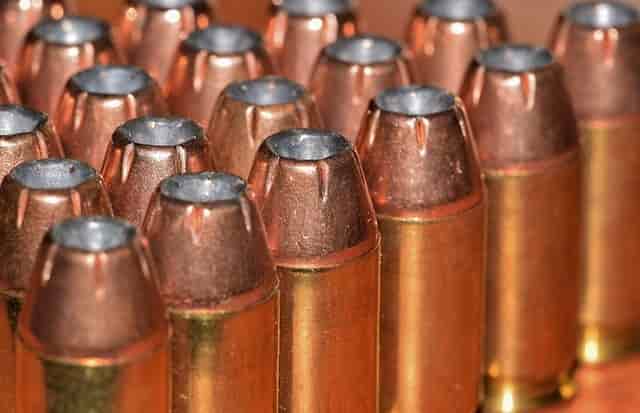
I’m telling you it’s so easy with Lucky Gunner! The ammo shown on their site is guaranteed to be in stock and will ship fast. I heartily endorse Lucky Gunner and so do their many customers.
“Okay, so far I’ve dealt twice with LuckyGunner, and all I can say is, I LOVE YOUR COMPANY!!!!
Imagine: only items in stock are advertised. Who’da thunk, eh? The more highly advertised ones – Cheaper Than Dirt, Cabela’s, et. al. – will put you on backorder forever and a day. But LuckyGunner – I ordered 500 shells of .45 ACP (hard to get in this “shortage”) – and there it was at my address. No backorders, no bull. Business as it should be.
Yes, I’m telling my friends! I’m constantly writing down your addy on bits of paper (and running out of the latter), spreading the joyous news, “No backorders! No bull! Try LuckyGunner.com, you won’t be sorry!” Thank you for being there for an ammo-starved public. And, thanks for the SUPERB customer service.”
— Walter J., Silverdale, WA —

